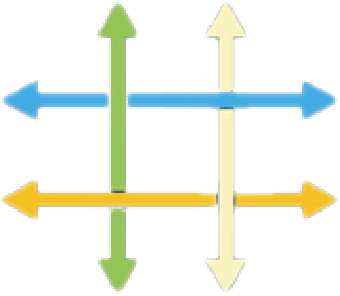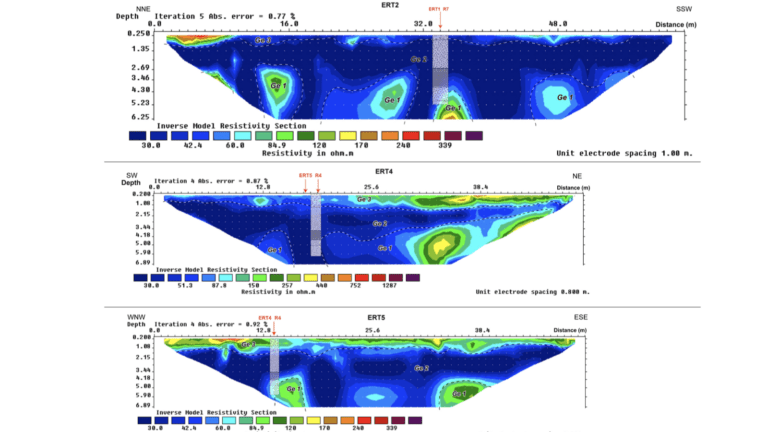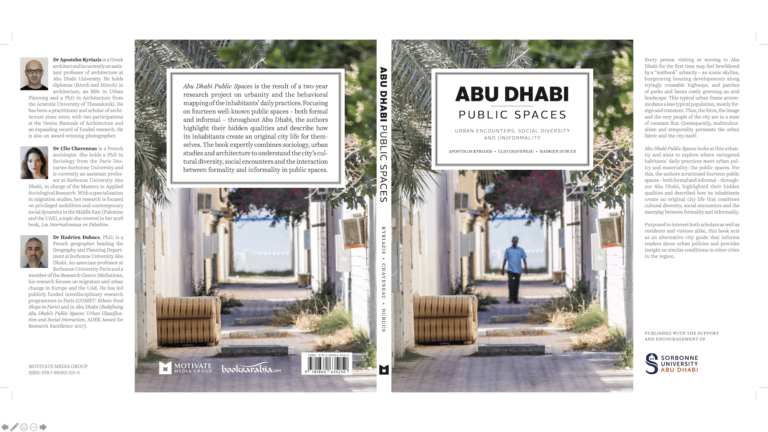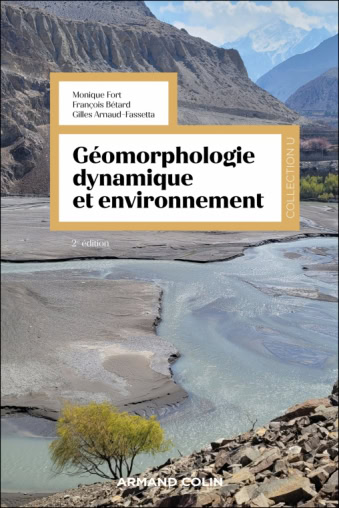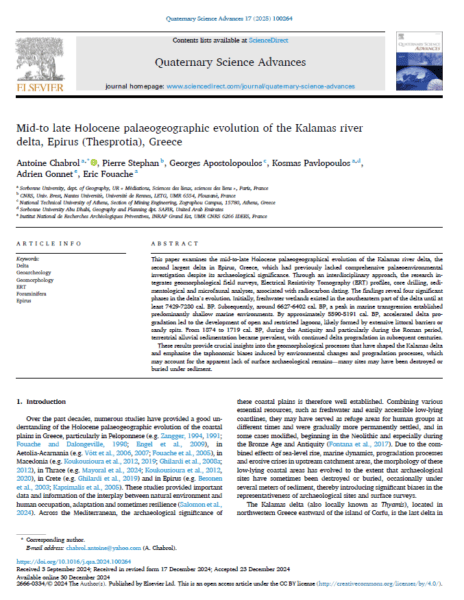
Un article publié dans la revue « Quaternary Science Advances » présente l’évolution holocène du delta du Kalamas (Grèce) et ses paléogéographies successives depuis près de 7000 ans, en lien avec l’occupation humaine depuis le Néolithique.
Chabrol, A., Stephan, P., Apostolopoulos, G., Pavlopoulos, K., Gonnet, A., Fouache, E., 2025. Mid-to late Holocene palaeogeographic evolution of the Kalamas river delta, Epirus (Thesprotia), Greece. Quaternary Science Advances 17, 100264. doi:10.1016/j.qsa.2024.100264
Résumé :
This paper examines the mid-to-late Holocene palaeogeographical evolution of the Kalamas river delta, the second largest delta in Epirus, Greece, which had previously lacked comprehensive palaeoenvironmental investigation despite its archaeological significance. Through an interdisciplinary approach, the research integrates geomorphological field surveys, Electrical Resistivity Tomography (ERT) profiles, core drilling, sedimentological and microfaunal analyses, associated with radiocarbon dating. The findings reveal four significant phases in the delta’s evolution. Initially, freshwater wetlands existed in the southeastern part of the delta until at least 7429-7280 cal. BP. Subsequently, around 6627-6402 cal. BP, a peak in marine transgression established predominantly shallow marine environments. By approximately 5590-5191 cal. BP, accelerated delta progradation led to the development of open and restricted lagoons, likely formed by extensive littoral barriers or sandy spits. From 1874 to 1719 cal. BP, during the Antiquity and particularly during the Roman period, terrestrial alluvial sedimentation became prevalent, with continued delta progradation in subsequent centuries.
These results provide crucial insights into the geomorphological processes that have shaped the Kalamas delta and emphasize the taphonomic biases induced by environmental changes and progradation processes, which may account for the apparent lack of surface archaeological remains—many sites may have been destroyed or buried under sediment.
https://www.sciencedirect.com/science/article/pii/S2666033424001023
